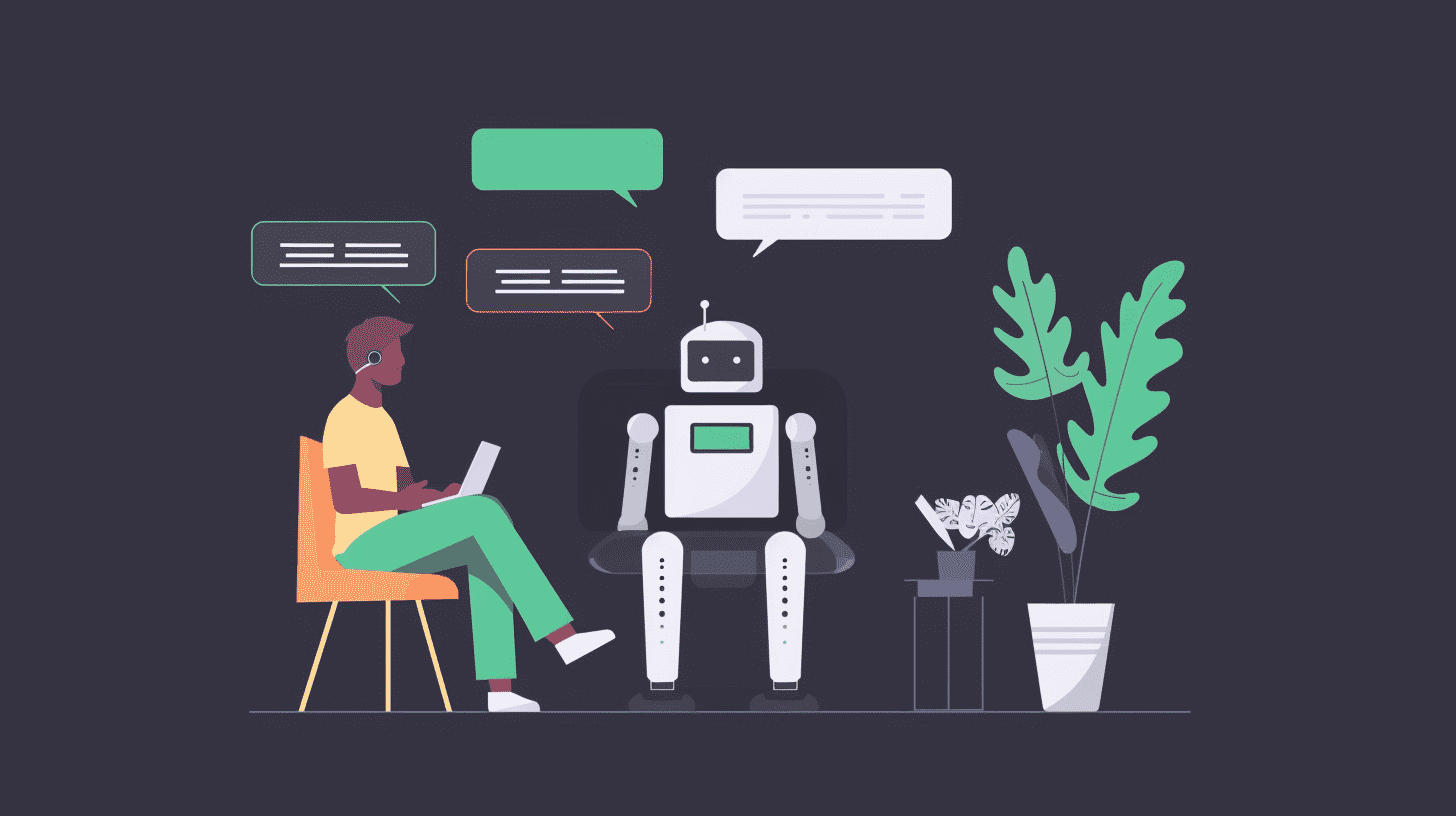5 Common Pitfalls to Avoid in Conversational AI Development
Navigating the Challenges of Conversational AI

Pitfall 1: Not Understanding Your Users

Developing a conversational AI without a deep understanding of your users is a recipe for failure. You need to know who your users are, what they want, and how they communicate. Without this information, your conversational AI will likely be unable to meet their needs or provide a satisfying user experience.
To avoid this pitfall, start by conducting user research. This can include surveys, interviews, and focus groups to gather information about your users and their communication preferences. You can also analyze data from existing channels, such as customer service emails and call center transcripts, to identify common questions and pain points.
Once you have a solid understanding of your users, use this information to inform the design of your conversational AI. This includes the language and tone it uses, the tasks it can perform, and the channels it will be available on. By keeping your users at the center of the development process, you can create a conversational AI that is truly useful and engaging.
Pitfall 2: Neglecting to Test and Iterate

Another common pitfall in conversational AI development is neglecting to test and iterate on your design. Just like any other software, conversational AIs need to be thoroughly tested to ensure they are working as intended. This includes testing the natural language understanding (NLU) component, the dialogue management system, and the integration with any external systems.
In addition to functional testing, it's also important to test your conversational AI with real users to get a sense of how it performs in the real world. This can help you identify any issues or areas for improvement. It's also important to continually iterate on your design based on user feedback and data.
To avoid this pitfall, make testing and iteration a core part of your development process. Set aside time and resources for regular testing, and establish a process for collecting and analyzing user feedback. By continuously testing and improving your conversational AI, you can ensure it meets the needs of your users and provides a high-quality user experience.
Pitfall 3: Ignoring Privacy and Security

Privacy and security are critical considerations in conversational AI development. Because conversational AIs often deal with sensitive personal information, it's essential to have robust privacy and security measures in place to protect this data. This includes compliance with relevant regulations, such as the General Data Protection Regulation (GDPR) and the Health Insurance Portability and Accountability Act (HIPAA).
To avoid this pitfall, make privacy and security a priority from the outset of your development process. This includes conducting a thorough risk assessment and implementing appropriate controls to mitigate these risks. It's also important to be transparent with users about how their data will be used and stored, and to provide them with control over this data.
By prioritizing privacy and security in your conversational AI development, you can build trust with your users and avoid costly data breaches or regulatory fines. It's also important to stay up-to-date on evolving regulations and best practices in this area to ensure your conversational AI remains compliant and secure over time.
Pitfall 4: Overcomplicating the Design

Another common pitfall in conversational AI development is overcomplicating the design. It can be tempting to try to include every possible feature and functionality in your conversational AI, but this can often lead to a confusing and overwhelming user experience.
To avoid this pitfall, focus on designing a conversational AI that is simple, intuitive, and easy to use. This may mean limiting the number of tasks it can perform or the channels it is available on. It's also important to use clear, concise language and provide users with guidance and support as needed.
By keeping the design of your conversational AI simple and focused, you can create a user experience that is enjoyable and satisfying. This can help increase user engagement and adoption, and ultimately lead to a more successful conversational AI.
Pitfall 5: Neglecting Training and Support
Finally, neglecting training and support is a common pitfall in conversational AI development. Just because your conversational AI is a machine doesn't mean it doesn't need ongoing care and attention. It's important to provide training and support for both your users and your conversational AI to ensure it continues to perform at its best.
For users, this means providing clear documentation, tutorials, and support resources to help them use and troubleshoot your conversational AI. For your conversational AI, this means providing regular updates and maintenance to keep it running smoothly and address any bugs or issues that arise.
To avoid this pitfall, make training and support a core part of your conversational AI development and ongoing operations. This includes providing resources for users, as well as establishing a process for regularly updating and maintaining your conversational AI. By prioritizing training and support, you can ensure your conversational AI is successful and sustainable over the long term.
